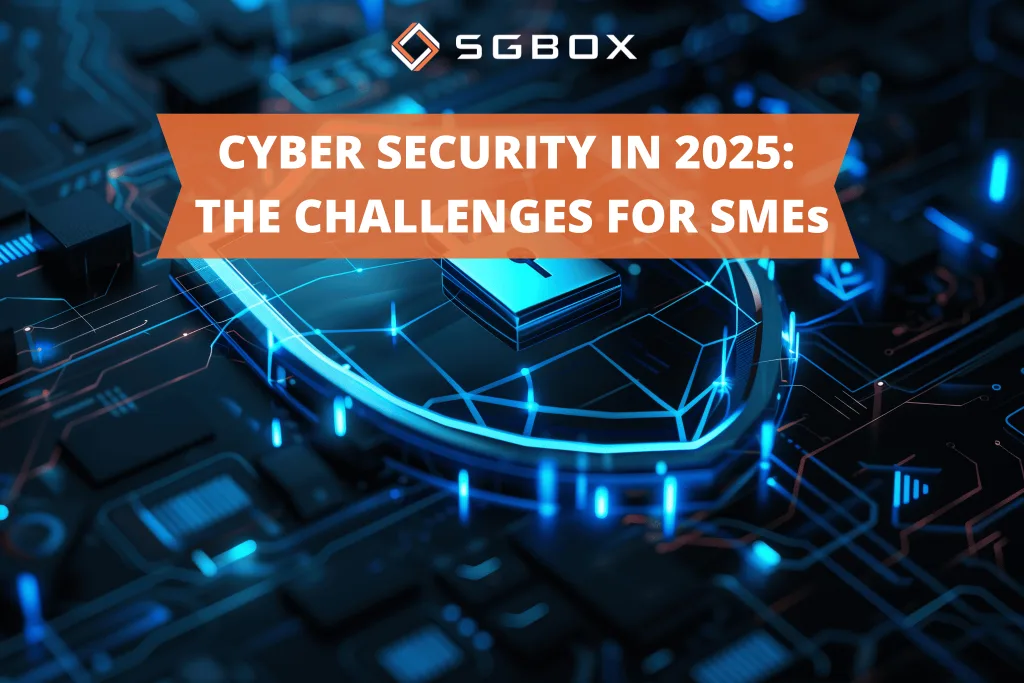Key Challenges for Italian SMEs in Cybersecurity in 2025

Cyber trends for the 2025
In 2025, Italian small and medium-sized enterprises (SMEs) will encounter significant challenges in cybersecurity.
These challenges are exacerbated by increasing digitalization and the adoption of new technologies, which expand the attack surface and increase the complexity of threats.
SGBox stands by your side to help you overcome the challenges in the complex landscape of cybersecurity.
With the modular and scalable functionalities of its proprietary Next Generation SIEM & SOAR Platform, along with related Managed Cyber Security Services provided through the dedicated CyberTrust 365 business unit, SGBox offers tailored solutions to support your business.
Below are the key challenges expected:
• Rise in Cyberattacks
Increase in ransomware attacks: SMEs will be particularly vulnerable to ransomware attacks, which will target not only individual companies but also their supply chains.
More precise and automated attacks: phishing campaigns, increasingly sophisticated and powered by artificial intelligence, are expected to grow in number and effectiveness.
• Limited Resources
Tight budgets: many SMEs lack the financial resources necessary to invest in advanced cybersecurity solutions, limiting their ability to effectively defend against complex and evolving threats.
• Insufficient Digital Skills
Shortage of qualified personnel: SMEs often struggle to find and retain skilled cybersecurity professionals.
The lack of digital expertise poses a significant barrier to implementing and managing effective security strategies.
• Vulnerabilities in new technologies
Integration of artificial intelligence: the growing use of AI-based tools can lead to accidental data breaches.
Employees might inadvertently share sensitive information with external platforms, exposing the company to significant risks.
• Resistance to change
Difficulty in adopting new technologies: digital transformation requires changes to established business processes, but many SMEs may encounter resistance from management and employees, who view these innovations as threats rather than opportunities.
• Regulatory Compliance
Adapting to regulations: SMEs will need to comply with increasingly stringent cybersecurity regulations, such as the NIS2 Directive and GDPR. A lack of preparation for these requirements could result in penalties and further vulnerabilities.
• Cloud Infrastructure Security
Cloud vulnerabilities: with the increased adoption of cloud solutions, SMEs face new vulnerabilities associated with these technologies. Attackers may exploit misconfigurations or vulnerabilities in cloud services to gain access to corporate data.

